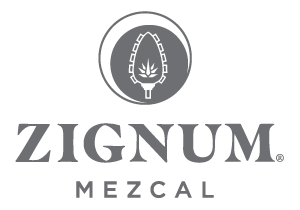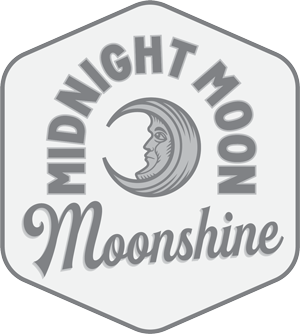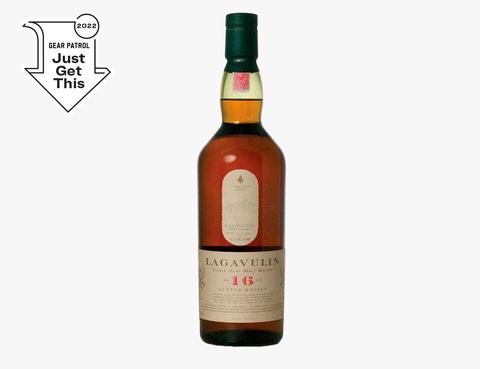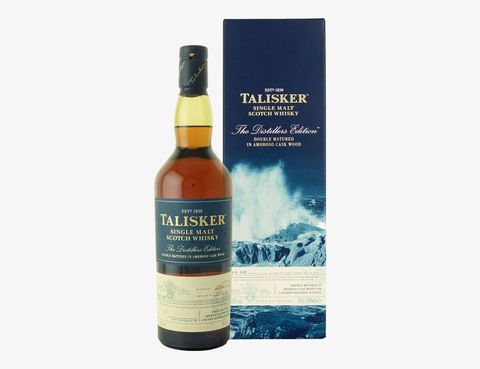The 21 Best Scotch Whiskies You Can Buy in 2022
Everything you need to know about Scotland’s favorite brown spirit, including important terminology and a cheat sheet to the best bottles across all price points.
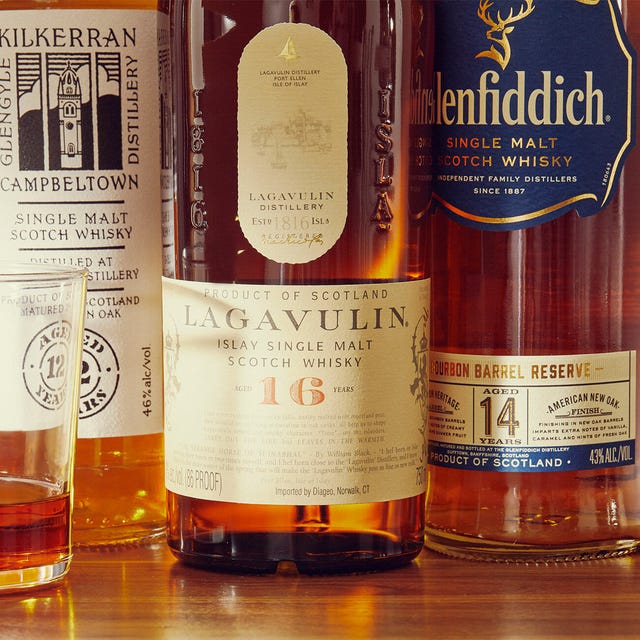
Peated or unpeated? Sherry-cask aged, ex-bourbon cask aged or some combination of the two? The tweaks and variations that go into each bottle of Scotch are intimidating, especially for bourbon and rye drinkers who may not be accustomed to the price of a whiskey that’s been aged for 18 years or more.
We recommend thinking of each bottle of Scotch as falling somewhere along two spectrums: from light to rich; delicate to smoky. From there, it’s easy to move along those two spectrums to find bottles you like. Novices should start by exploring the regions of Scotland.
For starters, there are five Scotch regions: Speyside, Highlands, Islay, Lowlands and Campbeltown. While every distillery is unique, there are unofficial “regional styles” that can help cut out some of the noise when browsing a liquor store.
In general, bottles coming from Islay, such as Laphroaig and Ardbeg, are the smokiest. Whiskies from the Lowlands (like those from Auchentoshan and Glenkinchie) tend to be light and delicate. Speyside, to the east, with distilleries like The Macallan or The Balvenie, is known for whiskies with a delicate richness that doesn’t rely on peat — so, expect a lot of sherry and rum casks for aging. Meanwhile, distilleries from the Highlands, the largest region in Scotland, take cues from each of the other regions. Whatever your tastes, we’ve got a recommendation. These are the best bottles of Scotch whisky you can buy.
- Best Overall Scotch: Lagavulin 16 Years Old
- Best Splurge Scotch: Highland Park 18 Year
- Best Budget Scotch: Deanston Virgin Oak
- Best Islay Scotch: Bruichladdich Port Charlotte 10
- Best Entry-Level Islay Scotch: Caol Ila 12 Year
- Best High-Proof Scotch: Ardbeg Corryvreckan
- Best Campbeltown Scotch: Kilkerran 12 Year Old
- Best Scotch from an Independent Distillery: Springbank 12 Year Old
- Best Speyside Single Malt Scotch: The Balvenie DoubleWood 12 Year Old
- Best Cask Strength Scotch: The Glenlivet Nàdurra Peated Whisky Cask Finish
- Best Scotch from a Family-Owned Distillery: Glenfarclas 17 Year Old
- Best Bourbon Barrel-Aged Scotch: Glenfiddich Bourbon Barrel Reserve 14 Year Old
- Best Sippable Scotch: Aberlour 18 Year Old
- Best Luxury Scotch: The Macallan Sherry Oak 18 Years Old
- Best Highland Scotch: Glenmorangie Nectar d’Or
- Best Small Batch Scotch: Ledaig 10 Year
- Best Sherry-Tasting Scotch: Talisker Distiller’s Edition
- Best Hidden Treasure Scotch: Oban 18 Years Old
- Best Special Occasion Scotch: The GlenDronach Parliament Aged 21 Years
- Best Lowland Scotch: Auchentoshan Three Wood
- Best Easy-Going Scotch: Glenkinchie 12 Years Old
What Is Scotch Whisky?
Scotch whisky is produced in one of the five areas in Scotland. The spirit is made from water and malted barley or other malted grains and aged for a minimum of three years in oak barrels. Scotch can only be called “Scotch” when it’s made in Scotland in the same way that wine can only be called “Champagne” when made in the area of the same name. When referring to Scotch, use the term “whisky” and not “whiskey.”
Types of Scotch Whisky
Single Malt Scotch Whisky
Single malt Scotch is made from a mash bill comprising 100 percent malted barley, and produced in a single distillery.
Blended Malt Scotch Whisky
To be considered a blended malt Scotch whisky, it must be made up of two or more single malt Scotch whiskies from multiple distilleries.
Single Grain Scotch Whisky
To be considered a single grain Scotch whisky, the juice must be made at one distillery, from a single grain — like corn or wheat — and it can be malted or unmalted.
Blended Grain Scotch Whisky
Blended grain Scotch is made by blending single grain Scotch whiskies from two or more distilleries.
Blended Scotch Whisky
Blended Scotch whisky is a blend of single malt Scotch whiskies and single grain Scotch whiskies, distilled at multiple distilleries.
Scotch Whisky Regions
Islay
Islay is a small island that’s believed to have played a major role in distilling crossing the sea from Ireland to Scotland in the 13th century. So, despite its small size, the area carries an outsized distilling resume, with heavies like Laphroaig, Lagavulin and Ardbeg residing there. Expect peaty drams of some of the best whisky in the world.
Speyside
Bisected from north to south by the River Spey, Speyside is a little pocket of land in the northeast of Scotland, surrounded on three sides by the Highlands and the North Sea. It’s home to the highest number of distilleries in Scotland, with well over 60 at present, including Glenfiddich, the world’s best-selling single malt Scotch. The region falls on the opposite side of the flavor spectrum (and map) from the peatiness of Islay. Because of this, Scotches from the region make great entry-level offerings.
Highland
Under the official Scotch Whisky Association guidelines, the Highlands region is made up of all Scottish islands (except Islay) and the mainland of northern Scotland (except Speyside). Some consider the Islands (and distilleries like Arran) as their own unofficial region. The flavors of the Highlands are too diverse to pin down with a single broad stroke; the region is so big that it’s home to distilleries that represent the entire flavor spectrum. But in general, the north brings rich body and sweetness; the west brings rich body and peatiness; the south brings delicate drams with light body; and the east brings similar lightness with a touch more fruit.
Lowland
Large in land but small in output, the Lowlands is home to only a handful of distilleries, with Auchentoshan and Glenkinchie being the most well-known. Traditionally, Lowland Scotch was triple distilled using unpeated malt for a light, simple sweetness. This simplicity lends the region to provide the base to many blends, though a few distilleries have been kicking out some peated options recently.
Campbeltown
Campbeltown juts out toward Ireland from mainland Scotland; it’s a peninsula sandwiched between Islay to the west and the Lowlands to the east. Once home to 34 distilleries and considered the whisky capital of the world, a post-war economic downturn left the region with only a handful of active distilleries. In general, expect Campbeltown whisky to be dry and pungent, with a peatiness that’s less smokey and meaty, like that found in Islay, and more earthy decay and fantastic funk.

























